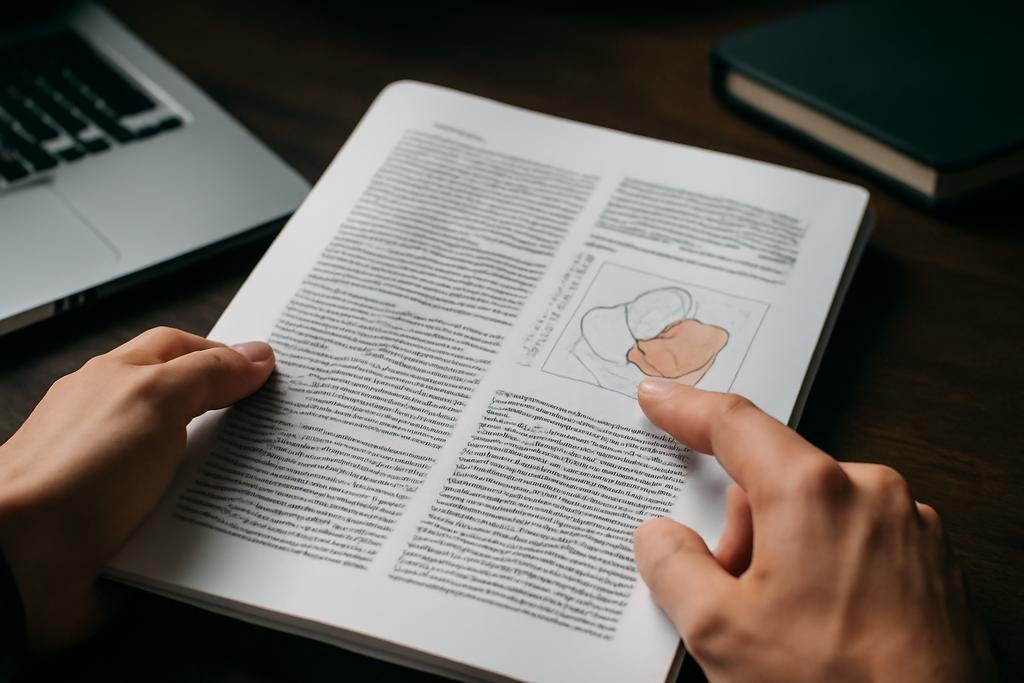Networks don’t just ferry information from person to person; they shape what we learn and who we hear from. In many theories, the network is a fixed scaffold: you’re sitting on a lattice of ties, and the edges don’t move. But a new study from the University of Pennsylvania, led by Nikhil Kumar, flips that assumption on its head. It asks: what if the network is built from the very choices people make when they pursue private information and decide what pieces of the world to study? If your signal is sharper, if you pick one dimension to learn about, if you increasingly rely on the opinions of certain folks, then you’re not just updating your beliefs—you’re helping redraw the map on which everyone’s beliefs are shaded and blended.
The paper—Endogenous Network Structures with Precision and Dimension Choices—moves us from a world where networks constrain learning to a world where learning and networks co-create each other. The authors build a tractable model in which agents decide how precise their private signals should be and which dimension of a multi-dimensional state they want to learn about. Those choices directly determine the weights that connect agents to one another in a DeGroot-style updating process. And because the weights depend on the agents’ learning choices, the network itself becomes endogenous—shaped by how hard people work to learn and what they choose to learn about. It’s a big, human question: when we chase better information, do we also end up shaping the very communities that will echo back our conclusions?
What follows is a guided tour of the paper’s core ideas, why they matter, and what the surprises imply for the future of collective learning. Think of it as a map through a suite of interconnected decisions: how much to invest in private information, what to learn about, and how those choices pull the network’s string tighter or loosen it in ways that change the speed and quality of the group’s learning. The upshot is both elegant and unsettling: small, individual incentives can drift the social machine away from optimal learning, yet under the right dynamics the system can self-organize into a balanced, crowd-wisdom-like equilibrium—without a central planner telling everyone what to study or whom to listen to. This work anchors a lively intersection of social learning, network science, and economic theory at a moment when information ecosystems are both more abundant and more fragile than ever.
For attribution: the study is out of the University of Pennsylvania’s economics milieu, with Nikhil Kumar as the lead author. The paper situates itself across DeGroot-style update rules, multi-dimensional states, and the frontier of endogenous networks, offering a framework that scholars can test against real-world data—from how teams allocate attention to how online platforms might influence who learns from whom. It’s not just math for math’s sake; it’s a concrete invitation to think about how our decisions about information shape the communities we inhabit and the ideas that eventually win out in collective judgment.










